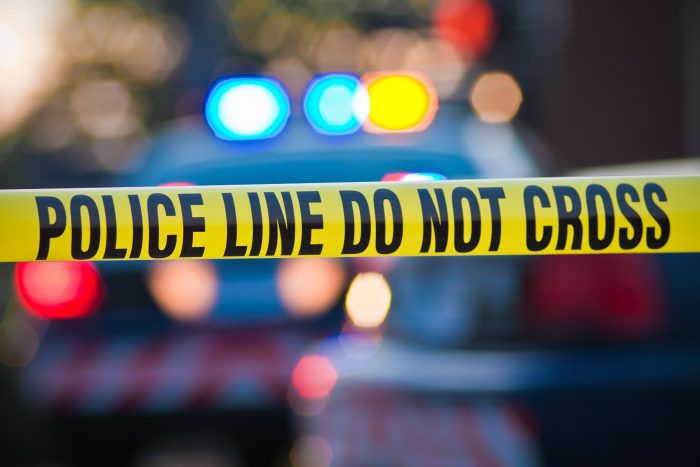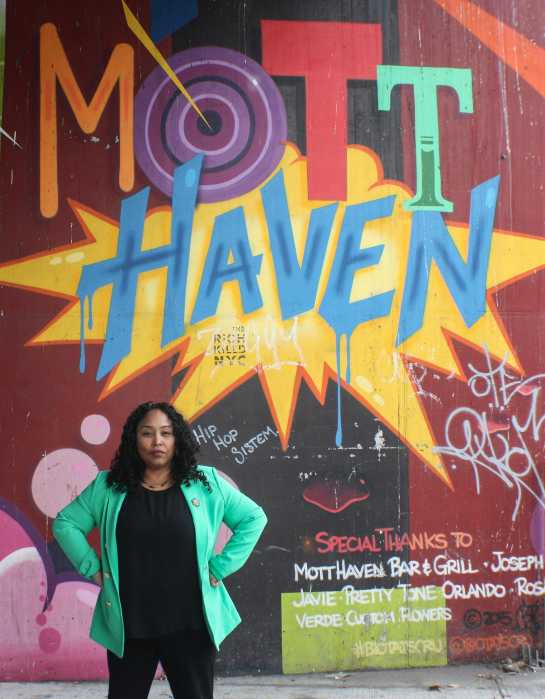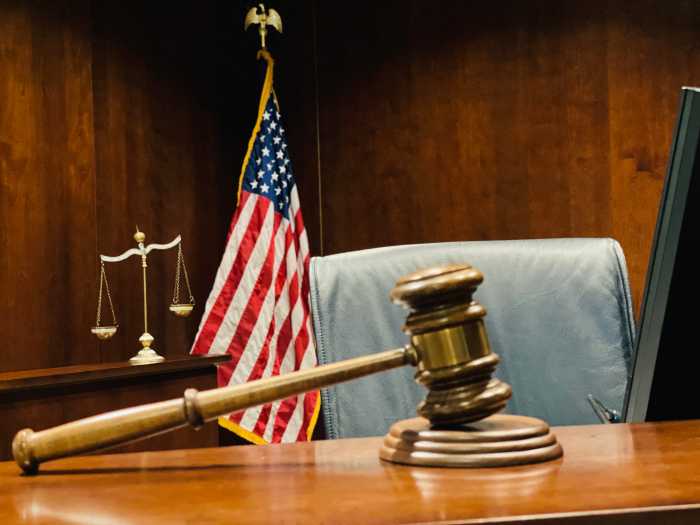Just in front of the entrance to the new Bush Terminal Park in Sunset Park, the shuttered remains of once bustling industrial buildings line the waterfront.
On one, there is a simple, unadorned white plaque memorializing the fire department’s losses during 9/11. “God Bless You All,” it says on the bottom.
It’s one of the many small 9/11 memorials dotting the city, formal and informal, that we walk past regularly without noticing. Once, the murals were freshly painted and flowers lay at their bases. Now, they might be well tended but they have become part of the history of the city.
On the industrial wall, the 9/11 plaque is joined by a smaller one for Louis Valentino Jr., a firefighter killed while searching a burning building for victims in 1996. Today, he and his comrades in duty are together, their past service to the city quietly memorialized 20 years on, for Valentino, and 15 years on Sunday, for those who died on 9/11.
What has happened in 15 years?
Much changed in New York and America on 9/11 — for the families of first responders and victims who didn’t return home, and for visitors and residents throughout the city who were struck by a new sense of vulnerability.
That vulnerability and desire, or demand, for action led to further changes of our own making — two wars abroad, and new adaptations here that started with things like taking your shoes off at the airport but extended to new systems of protection and surveillance, new suspicions of some Americans whose Americanness would be questioned.
Fifteen years later, we are still told to say something when we see something. There hasn’t been another 9/11, but we are constantly reminded of the possibility.
We’ve learned how not to fight terrorism — overwhelming boots-on-the-ground force, shock-and-awe — but we’re less certain about what to do going forward.
In a presidential forum Wednesday evening, Democrat Hillary Clinton reiterated her wary, improbable position on Syria — no intervention, but we’ll still destroy ISIS. Of Republican Donald Trump there’s little to say but though he appears at times to be reticent about the uses of American military power, he also inherited the worst tendencies of the post-9/11 politician: rah-rah America, a fear of newcomers and “others.”
A simple memorial
As the political climate continues to evolve after 9/11, so too has New York.
The WTC Transit Hub, love it or hate it, is now open for business. Mostly shopping, but at least there’s something there. Few think twice about hopping on a train to or through what was once Ground Zero.
But it has also moved on in smaller ways, whose physical evidence exists in the almost forgotten dual memorials at Bush Terminal Park.
It is not as substantial as the large tourist attraction memorial downtown, but it joins a host of smaller, more private ones: a fountain off Wall Street for employees from Deutsche Bank killed in the towers; or a garden in Hanover Square where “67 nandina shrubs representing the 67 British victims of 9/11” are planted, one of a number of such memorials found by Jon Sobel, a blogger devoted to visiting all of NYC’s parks.
Memorials like these are in all boroughs, so regular that you probably pass one on your commute. But the Bush Terminal Park memorial might be a particularly powerful place to contemplate how much things have changed in 15 years.
Simple words eulogizing those who died in line-of-duty deaths on one of NYC’s worst days, including the reminder that many of them were doing a job that is dangerous every day, not just one. Plaques that now more people may see, given the beautiful waterside park, which should become a mecca for walkers, joggers and young athletes. And within view for quiet contemplation, the harbor and the top of Manhattan and its new tower.

































